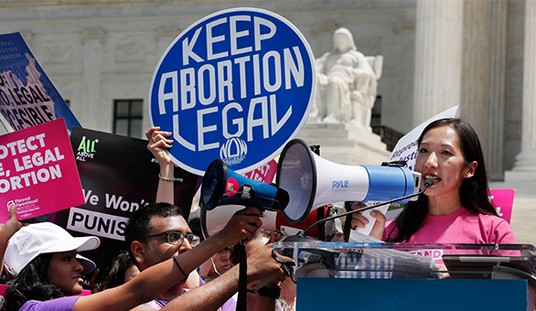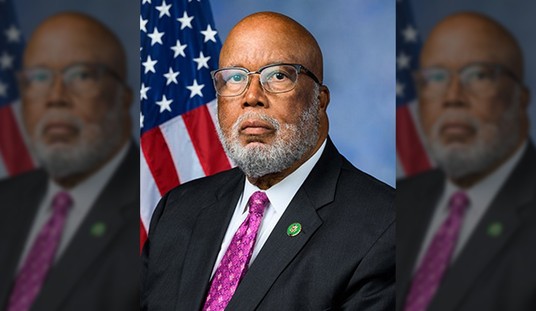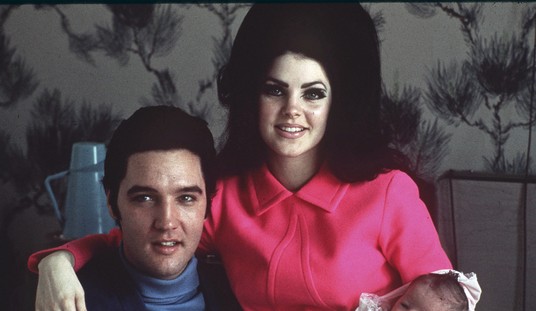
There are occasions when I look at the New York Times and wonder how, if it were actually owned by the Democrats in general and the Clintons in particular, would it be different from the current newspaper that apparently believes it is an objective reporter of current affairs. Today is one of those moments. Case in point: How Hillary Clinton Went Undercover to Examine Race in Education. The image that is conjured up is one of John Howard Griffin masquerading as a black man in Black Like Me.
Actually, she neither went “undercover” nor did she examine “race in education.”
On a humid summer day in 1972, Hillary Rodham walked into this town’s new private academy, a couple of cinder-block classrooms erected hurriedly amid fields of farmland, and pretended to be someone else.
Playing down her flat Chicago accent, she told the school’s guidance counselor that her husband had just taken a job in Dothan, that they were a churchgoing family and that they were looking for a school for their son.
The future Mrs. Clinton, then a 24-year-old law student, was working for Marian Wright Edelman, the civil rights activist and prominent advocate for children. Mrs. Edelman had sent her to Alabama to help prove that the Nixon administration was not enforcing the legal ban on granting tax-exempt status to so-called segregation academies, the estimated 200 private academies that sprang up in the South to cater to white families after a 1969 Supreme Court decision forced public schools to integrate.
Her mission was simple: Establish whether the Dothan school was discriminating based on race.
Like so much else with the the amazing made-up life of Hillary Clinton (the immigrant grandparents, being named after Sir Edmund Hilary, being rejected by NASA, being rejected by the Marines, coming under sniper fire in Bosnia) this story sounds like something that could just as well be false as true. For instance:
But her experience going undercover in Dothan is a little-known aspect of that work, one she devoted just under 300 words to in her 562-page memoir, “Living History.”
Can anyone think of any other aspect of Hillary’s life that has not been mined for politically useful nuggets? Me neither.
Private academies that were created for the sole purpose of evading the Brown versus Board of Education decision in the South. That is a fact. It was well known. If Hillary had shown up in Dothan, Alabama to determine that all she would have to have done would be go to the local country club or obviously segregated municipal swimming pool and ask. There was no need to play Dick Tracy.
It wasn’t until 1974 that the Supreme Court ruled that racial segregation was illegal in private schools. By the time Clinton arrived in Alabama, official segregation had been dead for nearly a decade and unofficial segregation was fast disappearing. The private schools that had started out as “segregation academies” had easily transformed into private schools where the upper classes could send their children so they wouldn’t have to mix with either blacks or poor whites.
And then we get to the bullsh**
“It was dangerous, being outsiders in these rural areas, talking about segregation academies,” said Cynthia G. Brown, a longtime education advocate who did work similar to Mrs. Clinton’s.
She added, “We thought we were part of the civil rights struggle, definitely.”
No. It wasn’t dangerous. Doing that in the early 1960s could have been interesting but by 1972 there were so many federal agencies and outside groups investigating race relations in the South that the odds of a white girl from Chicago a) not being made for what she was or b) being in danger approach zero.
[Original Houston Academy Headmaster Bob] Moore and his wife, Dollie, who edited the school’s yearbook, The Cavalier, still live in their ranch-style home near Houston Academy, now an elite college preparatory school. “I’m not saying it didn’t happen,” Mr. Moore said of Mrs. Clinton’s account. “But I am saying I know nothing about it.”
…
Marty Olliff, an associate professor of history and director of the Wiregrass Archives at Troy University’s Dothan campus, said he did not doubt Mrs. Clinton’s story but suggested that the exchange at the school would have been less direct than what she has described in her book and on the campaign trail.What would have kept black people out “would have been the tuition,” Dr. Olliff said. “Not ‘you’re black, you can’t come in.’ ”
D. Taylor Flowers, the chairman of the board of Houston Academy, whose father was a founding board member, was in the ninth grade at the school (which locals call “H.A.,” jokingly saying it stands for “holy Anglo”) when Mrs. Clinton visited. “I’ve heard the story, and I don’t think Hillary Clinton made it up,” he said over lunch in Dothan.
This is just more hagiography of Hillary Clinton that is being funneled into the public consciousness by a compliant and allied media obsessed with making Hillary something other than what she is: a tired, old, incompetent crook.
Caricature via DonkeyHotey at Flickr Creative Commons












Join the conversation as a VIP Member